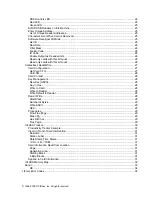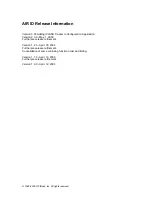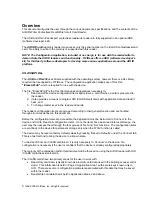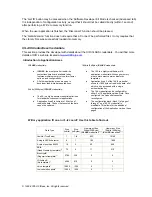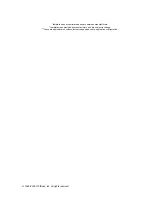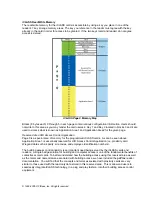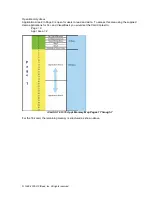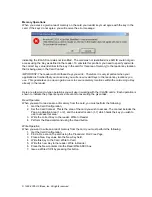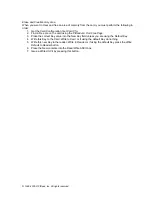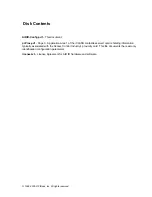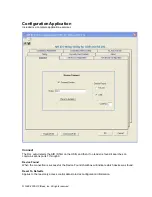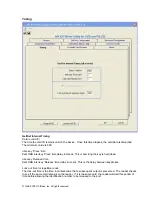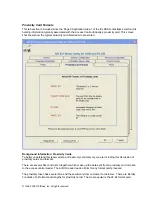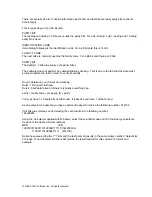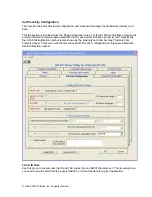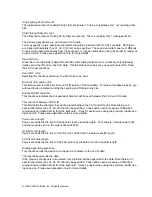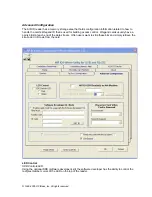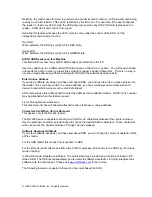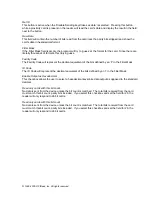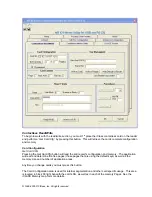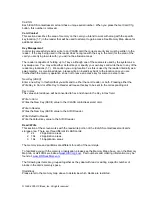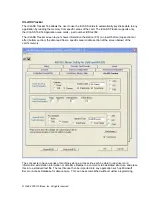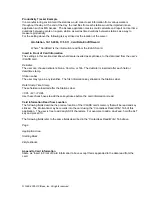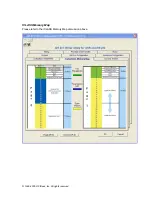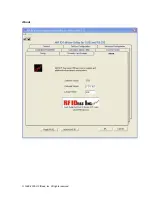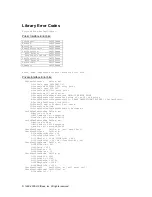
© 1996-2005 RF IDeas, Inc. All rights reserved
There are actually 24 bits of usable information as the first and last bits are really parity bits to ensure
data integrity.
This is typical layout for a 26-bit card.
PARITY BIT
The leading and trailing 1-3 bits are usually the parity bits. For a 26-bit card, only 1 leading and 1 trailing
parity bit is used.
IDENTIFICATION CODE
Immediately following is the identification code. For a 26-bit card this is 16 bits.
FACILITY CODE
The next bits are normally used as the facility code. For a 26-bit card there are 8 bits.
PARITY BIT
The trailing 1-3 bits are usually a the parity bit(s).
The software does not perform any data validation checking. This is due to the fact that the data must
be known before the read in order to verify its validity.
How to determine your format and masking
Rule1: 1st Convert to Binary
Rule 2: Card data format in binary is typically something like:
facility code + employee ID + parity
You may have 1-15 parity bits at either end. It looks like you have 1 at the far end.
As an example let’s assume you have a card and expect to receive the following number: 816159
If all bits are selected you find waving the card results in the following number:
144238654
Using the Calculator supplied with Windows, select the scientific mode and find the binary equivalents
for each of the above decimal numbers.
MSB LSB
1000100110001110100000111110 (144238654)
11000111010000011111 (816159)
Notice how deselecting the 1
st
7 bits and the last parity bit results in the same binary number! Select bits
2 through 21 and deselect all others will provide the result desired for this customer’s format and
example.
Содержание RFID1356i-232
Страница 1: ......
Страница 33: ...1996 2005 RF IDeas Inc All rights reserved About...
Страница 34: ...1996 2005 RF IDeas Inc All rights reserved OK Leave the AIR ID Dialog Screen...
Страница 35: ...1996 2005 RF IDeas Inc All rights reserved...


